China’s landscapes are the stuff of legends. Think towering mountains, ancient forests, and postcard-perfect rivers that look like they belong in an old painting scroll. Some hiking trails can be seriously intense, but you don’t need to be a seasoned trekker to enjoy the views.
Thanks to China’s next-level infrastructure, with cable cars, high-speed lifts, and well-paved walkways, many of the country’s most stunning spots are surprisingly easy to reach. This makes the scenery easy to enjoy even if you’re not the most seasoned hiker, with plenty of options for different comfort levels. These eight beautiful hikes let you experience some of China’s best scenery without the need for serious hiking credentials. (And yes, we are stopping at eight. A little extra luck never hurts when you’re travelling.)
Also read: What Apps to Download Before Travelling to China
1. Zhangjiajie National Forest Park, Hunan
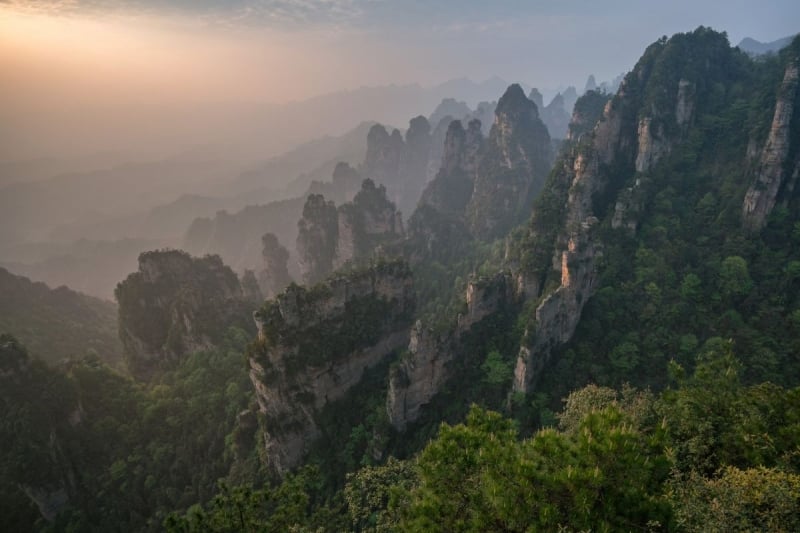
Image Credit: Joshua Sortino | Unsplash
You’ve probably seen Zhangjiajie’s towering sandstone pillars before, even if you didn’t realise it. The surreal landscape inspired Avatar’s floating Hallelujah Mountains, and seeing it in person honestly feels like stepping into a fantasy movie set.
The good news is, exploring Zhangjiajie doesn’t require a tough climb. Cable cars, scenic elevators, and well-maintained walkways make it easy to reach many of the park’s best viewpoints. You can take the famous Bailong Elevator (the world’s highest outdoor lift) straight up the cliffs, then stroll along paved paths with sweeping views all around. For those who want a bit more thrill, the Grand Canyon Glass Bridge adds a sky-high photo op to your visit.
Best time to visit: March to May, when the weather is cool and the mist adds extra drama to the scenery.
2. Huangshan (Yellow Mountains), Anhui
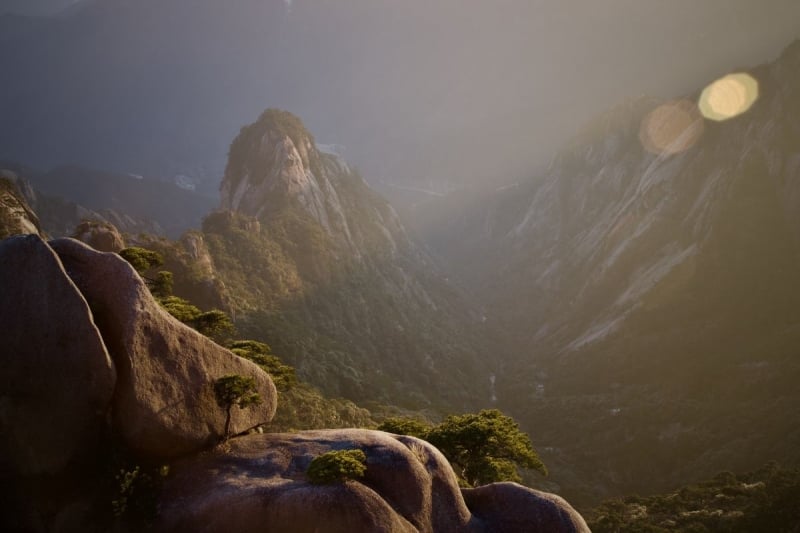
Image Credit: Ruslan Kaptsan | Unsplash
Huangshan is one of China’s most iconic mountain landscapes. I mean, ancient pine trees twisting out of cliff faces, rolling seas of clouds, and jagged granite peaks that look like they were made for ink paintings? No wonder it’s a view that’s been inspiring poets and artists for centuries.
Thankfully, you don’t need to hike the whole mountain to enjoy the scenery. Multiple cable cars bring you right into the heart of the park, where paved stone paths connect the main viewpoints. If you’re up for it, the West Sea Grand Canyon loop offers some of the most stunning views without being too physically demanding.
Best time to visit: April to June for clear skies, blooming flowers, and the iconic misty panoramas.
3. Li River, Guilin
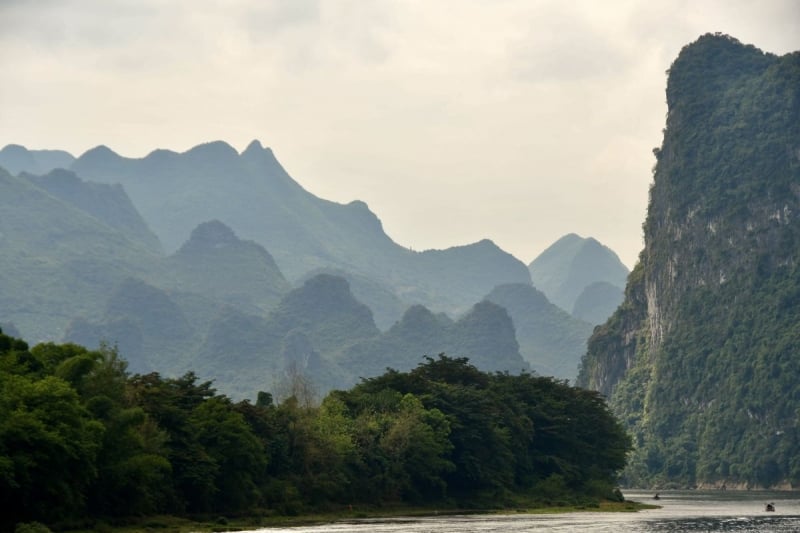
Image Credit: Camillo Corsetti Antonini | Unsplash
The Li River is one of China’s most famous scenic spots, and once you see the landscape, you’ll understand why. Towering limestone karsts rise out of calm waters, creating a view so iconic it even appears on the 20 yuan note.
While many people take boat cruises here, the walking route between Xingping and Nine Horse Fresco Hill gives you a quieter way to soak in the scenery. It’s a flat, easy 7km trail with plenty of photo spots along the way. If you get tired, you can always hop on a bamboo raft and continue floating downriver.
Best time to visit: All year round, though spring offers cooler weather and lush green landscapes.
4. Longji Rice Terraces, Guangxi
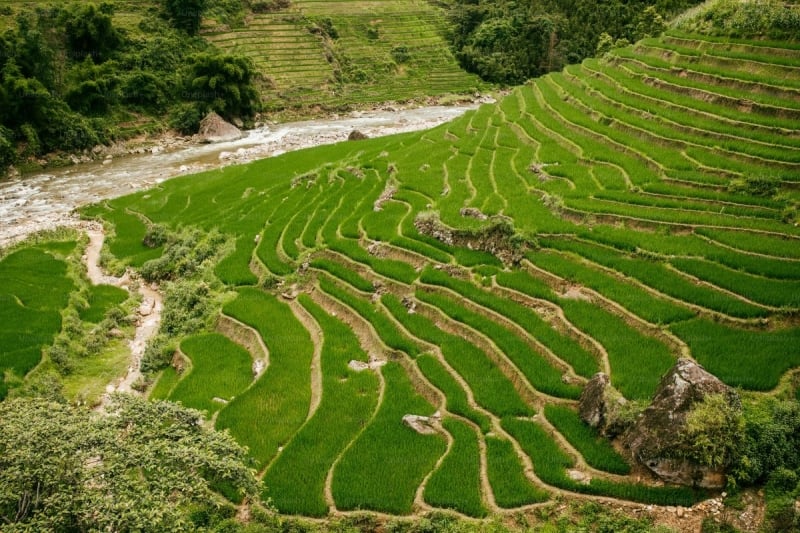
Image Credit: Joe Eitzen | Unsplash
The Longji Rice Terraces are one of those places that feel unreal even when you’re standing right in the middle of them. Layer upon layer of rice paddies stretch across the hills, curving with the landscape and changing colour with the seasons. In spring, the terraces reflect the sky like mirrors; by autumn, they turn a brilliant gold.
The most popular hiking route is between Ping’an Village and Dazhai. The stone-paved trail winds gently through the hills, with scenic viewpoints and traditional wooden houses along the way. It’s not a tough walk, and you can easily pace yourself while stopping for photos (or snacks) whenever you want.
Best time to visit: May to October for the most vibrant terraces.
5. Tiger Leaping Gorge, Yunnan
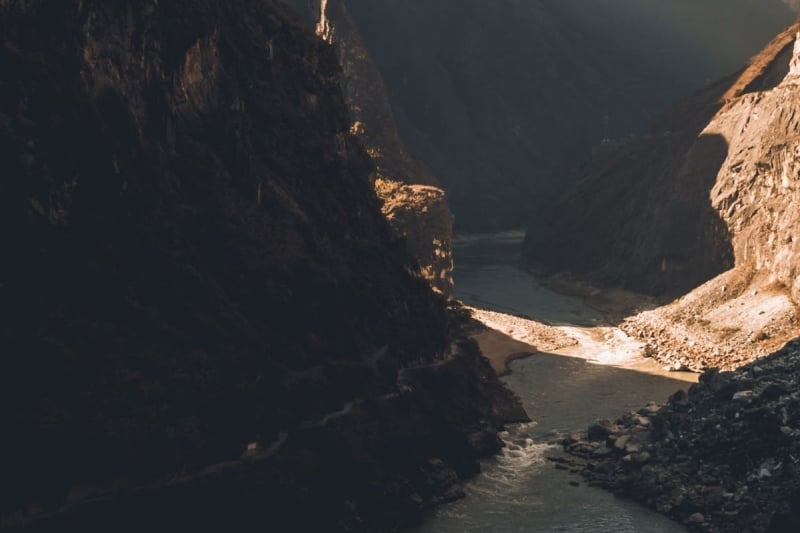
Image Credit: Joe Eitzen | Unsplash
Tiger Leaping Gorge sounds intimidating, but casual hikers can still enjoy parts of this stunning canyon without needing serious trekking experience. The lower trails offer dramatic views of the Jinsha River roaring far below, framed by snow-capped peaks and steep cliffs towering above.
The scenery is some of the most spectacular you’ll find in Yunnan. You’ll pass small villages, waterfalls, and plenty of guesthouses if you want to break up your walk over a couple of days.
Best time to visit: March to May. Avoid the rainy season between June and September.
6. Mount Qingcheng, Sichuan
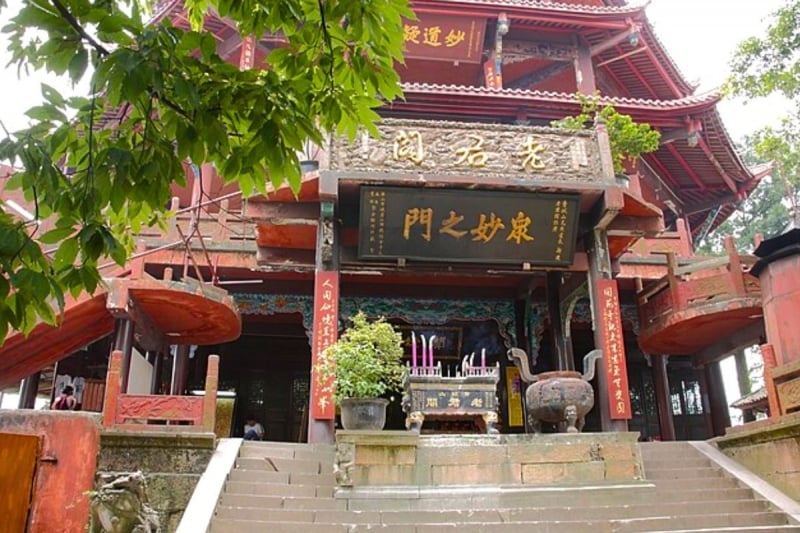
Image Credit: Einar Fredriksen via Wikimedia Commons
If you’re looking for a peaceful nature walk with a bit of history thrown in, Mount Qingcheng is a perfect pick. Known as one of the birthplaces of Taoism, the mountain is covered in lush forests and dotted with ancient temples and pagodas.
The front mountain trail is gentle, with plenty of shaded paths and cable car shortcuts if you want to skip the steeper parts. It’s also an easy day trip from Chengdu, so you can pair it with panda sightings and hotpot while you’re in the area.
Best time to visit: March to June for comfortable temperatures and clear skies.
7. Jade Dragon Snow Mountain, Yunnan
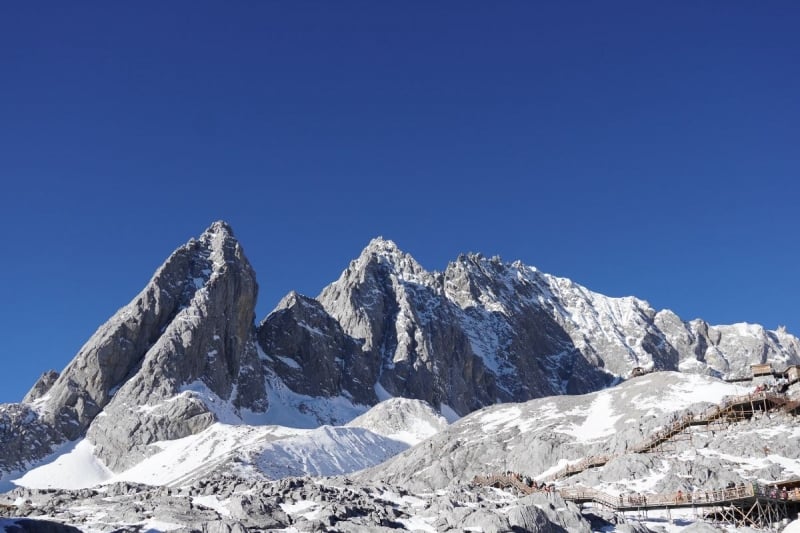
Image Credit: Ng Wan Xin
Just outside Lijiang, Jade Dragon Snow Mountain offers snow-capped peaks without the challenges of high-altitude trekking. The mountain’s glacier park sits at over 4,500 metres, but you can take a cable car straight up to enjoy the views.
For something more relaxed, the walking trail from Yuhu Village brings you closer to the mountain’s base. You’ll pass open meadows, grazing yaks, and panoramic views of the snow-covered peaks, all without having to worry about the altitude.
Best time to visit: November to April for the best chance of snow-capped views.
8. Great Wall (Mutianyu Section), Beijing

Image Credit: Hanson Lu | Unsplash
Of course, no list of hikes in China is complete without the Great Wall. While certain sections like Jiankou are known for their steep, rugged climbs, Mutianyu is much friendlier for casual hikers.
The restored paths here are wide and even, with cable cars and chairlifts that make it easy to skip the most strenuous parts. You still get those sweeping, iconic views of the Wall stretching across the mountains, minus the need for serious climbing.
Best time to visit: April to May or September to October for cooler weather and clear skies.
Also read: Top 20 Tourist Attractions in China You Must Visit
Final thoughts
You don’t need to be a hardcore trekker to experience China’s natural beauty. With a little help from cable cars, well-built trails, and some truly incredible infrastructure, some of the country’s most jaw-dropping views are easier to reach than you might think.
That ease is what makes these places so appealing, and it’s exactly why many of us can experience them at all. But when stunning landscapes become so accessible, it’s also easy to slip into a quick ‘see and move on’ rhythm. The thing about nature’s beauty (and especially views as grand as these) is that they aren’t just about arriving, but about sitting with them, even for a moment. Maybe the gift of accessibility isn’t just that we can see these places easily, but that we get more chances to stay, to look, and to let the view sink in.





